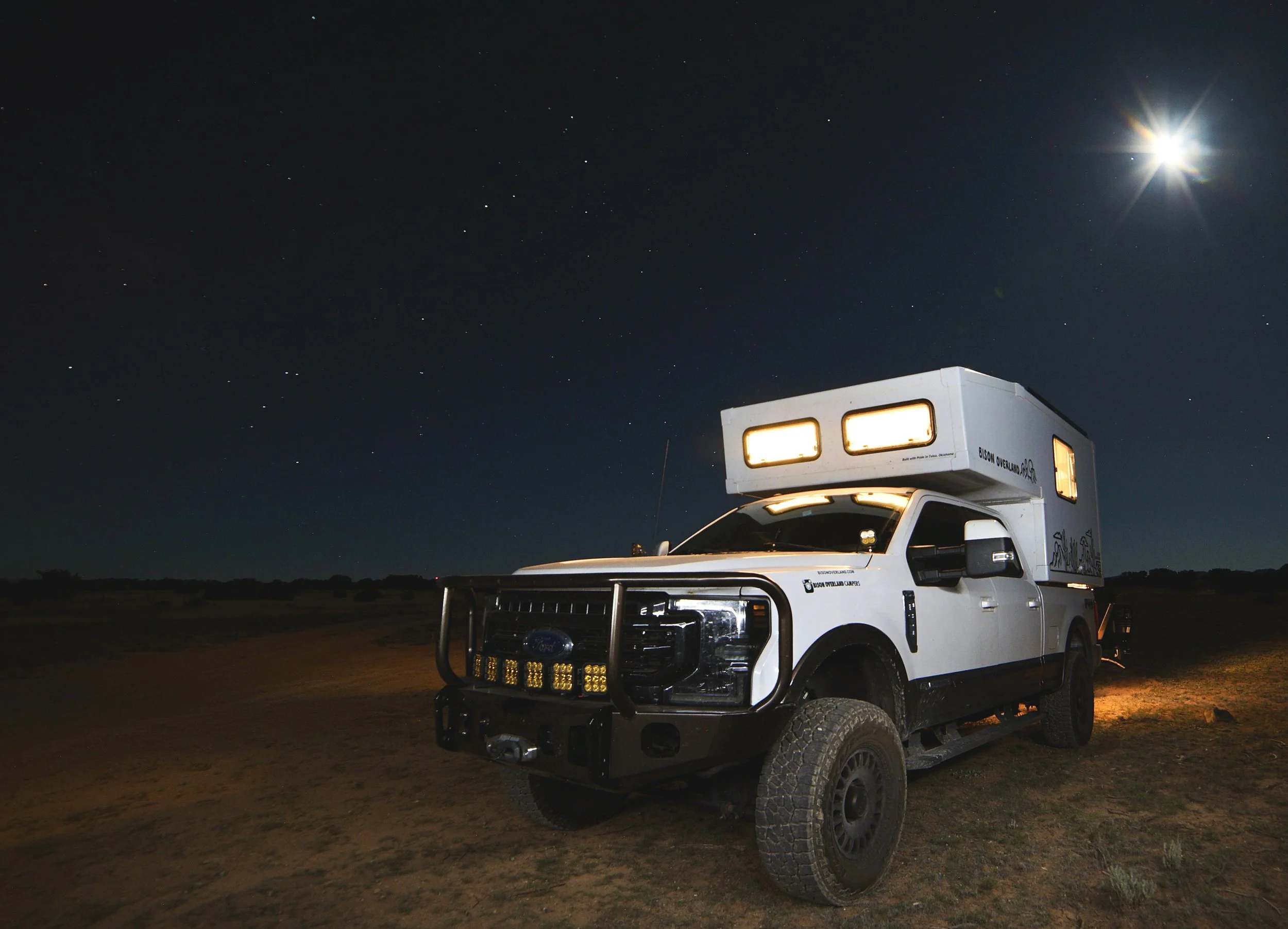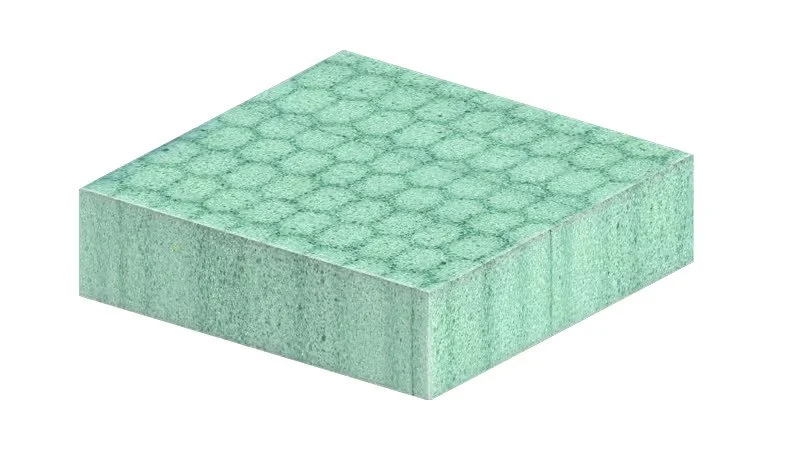
Shop Talk, Updates and Articles
ALL about Composite Campers.
How our panels stand apart
The biggest question we get when a customer emails us is, “Tell me about your panels” While a lot of our customers have done their homework, and have a good understanding of the varying forms of what “Composite” can mean; we are happy to help educate potential customers why not all panels are the same, and why we use the best materials, rather than cut costs. In this article, I will discuss the a few points of the differences in panels, and why we use what we use.
Our Panels and extrusions are expertly designed and constructed to be the the strongest and thermal transfer free system on the market. We use a two piece aluminum extrusion, this ensures zero thermal transfer and zero expansion. While combining the two piece system and built in glue channels, you can be assured the adhesive stays in place and is not pushed out of the glue channels. Which can be commonly see with a one piece extrusion. Again, this ensures the strongest adhesion possible while also eliminating chances for leaks that you would see with a one piece extrusion.
We believe it is important to be transparent about the materials we use. Which is something you will not always see when it comes to composite panels. There are multiple layers to discussing panels, to keep myself from becoming a rambling madman, lets break down this Panel discussion. I will attempt to keep each article focused and fairly short. With that said, lets just focus on the foam core in this article, and we will discuss the other aspects such as the skins and lamination process in future articles.
There are numerous Overland Camper builders that use EPS foam, which is basically Styrofoam. We use a PET foam, which is 100% recycled materials. You will also find PET used in Wind Turbine blades and high end boat building. EPS on average has a density of 2-3 PCF. Foam density is a measurement of how compact a foam's cells are relative to its volume. All foam cores are measured in pounds per cubic foot (PCF), which is calculated by dividing the weight of a foam by its volume. Foam density can range from 1.5 PCF to over 5 PCF. Our PET foam has a density of 5 PCF.
What does that mean? The denser the foam is, the more structural properties the foam has, as well as the increased insulating factor. I would focus more on the Structural factor at this time, the conversation about the insulating factor will be saved for a future article. With our PET cores having a 5 PCF, that gives an unmatched structural component you will not find in any campers using EPS foam. For an EPS builder to come close, they will need to be more than double the panel thickness, which adds weight and loses interior space inside the camper. For a camper that is expected to hold up to offroad abuse over and over, I would argue this is the biggest factor you want to look at when shopping for composite campers. In addition to the structural features, this gives you a very rigid panel, which significantly reduces flex in the cabover floor and roof. Most are surprised when they learn you can easily stand and walk on the roofs of our campers with a 1.5” panel thickness.
The foam core of any composite camper is basically the foundation. Without a strong high quality foam core, the rest of the panel and ultimately camper construction just falls short of what you should expect in the construction of a composite camper. Next up in our panel discussions, we will discuss our exterior skins, as you can imagine, there many aspects to consider with the skins as well. As always, feel free to reach out with any additional questions, I am always happy to add info here if I have left out any pertinent info, because lets face it, I am far from a writer or editor. Do not be too harsh on my writing skills, instead, lets focus on our passion, as a team for building campers with the best materials we can and sharing why we believe we offer the best product out there.
Gurit® Kerdyn™ Green: up to 100% recycled PET


